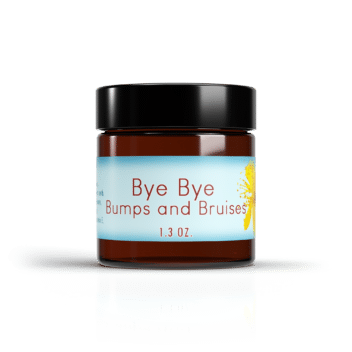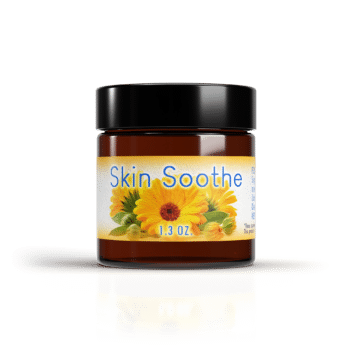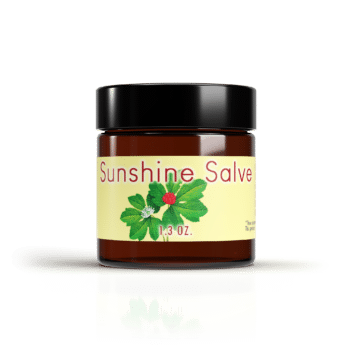
Calendual Flowers in Herbal Medicine
Calendula Flowers in Herbal Medicine
Calendula, commonly known as pot marigold, is a vibrant flower celebrated not only for its bright and cheerful appearance but also for its extensive use in herbal medicine. With a history that spans centuries, calendula has been a staple in natural healing remedies due to its impressive array of benefits. In this article, we’ll delve into the world of calendula flowers in herbal medicine, exploring their benefits and uses, particularly focusing on calendula tea.
What Are Calendula Flowers?
Calendula flowers are native to Southern Europe, though they are now grown in various parts of the world. The plant belongs to the daisy family and is known for its striking orange and yellow blooms. Beyond their beauty, these flowers are packed with flavonoids and triterpenoids, compounds known for their anti-inflammatory and antioxidant properties.
Historical Use of Calendula
Calendula’s medicinal use can be traced back to ancient civilizations. The Greeks and Romans used calendula petals in culinary and medicinal preparations. In traditional medicine, calendula was used to treat a wide range of ailments, from skin wounds to digestive issues. Its reputation as a healing herb has persisted throughout the ages, making it a valuable component of herbal medicine today.
Benefits of Calendula Flowers
Calendula flowers offer a multitude of health benefits, which have been documented in various studies and traditional practices.
Skin Health
One of the most well-known uses of calendula is in skincare. The flower’s extracts are commonly used in creams, ointments, and oils to treat minor burns, cuts, and abrasions. Its anti-inflammatory and antimicrobial properties promote healing and reduce swelling and redness.
Calendula is also beneficial for conditions like eczema and dermatitis. It soothes irritated skin and accelerates the healing process, making it a favorite among those with sensitive skin.
Anti-Inflammatory Properties
Calendula’s anti-inflammatory properties extend beyond skincare. Consuming calendula in various forms can help reduce internal inflammation, potentially benefiting those with conditions such as arthritis.
Digestive Health
Calendula has been traditionally used to support digestive health. It can help alleviate symptoms of gastritis and peptic ulcers by protecting the stomach lining and promoting healing. Its gentle nature makes it suitable for sensitive digestive systems.
Immune System Support
Rich in antioxidants, calendula flowers help bolster the immune system. Antioxidants combat free radicals in the body, reducing oxidative stress and supporting overall health.
Calendula Tea: A Herbal Infusion
One of the most accessible ways to enjoy the benefits of calendula flowers is through calendula tea. This herbal infusion not only captures the essence of the flowers but also delivers their medicinal properties in a soothing beverage.
How to Prepare Calendula Tea
Preparing calendula tea is simple:
- Ingredients: Gather dried calendula flowers. You can find them at health food stores or online.
- Boil Water: Bring a cup of water to a boil.
- Steep the Flowers: Add one to two teaspoons of dried calendula flowers to the boiling water.
- Steep Time: Let the tea steep for about 10 minutes.
- Strain and Enjoy: Strain the tea to remove the flowers and enjoy your warm, aromatic cup of calendula tea.
Benefits of Calendula Tea
Calendula tea offers a range of health benefits:
- Digestive Aid: The tea can soothe an upset stomach and aid digestion.
- Anti-Inflammatory Effects: Drinking calendula tea can help reduce internal inflammation.
- Immune Boost: Regular consumption of calendula tea can support your immune system.
When to Drink Calendula Tea
Calendula tea can be consumed at any time of the day. However, drinking it in the evening may help you relax and unwind, thanks to its calming properties.
Incorporating Calendula into Your Routine
Incorporating calendula into your daily routine can be a simple yet effective way to enhance your overall well-being. Here are a few suggestions:
Topical Applications
For those interested in calendula’s skin benefits, consider using calendula-infused oils or creams. These products can be applied directly to the skin to treat minor wounds or soothe irritation.
Culinary Uses
Calendula petals can be used in culinary applications as well. They add a pop of color and a mild, peppery flavor to salads and soups. Incorporating calendula into your diet can be a delightful way to enjoy its benefits.
Supplements and Tinctures
For a more concentrated dose of calendula’s benefits, consider using calendula supplements or tinctures. These products offer a convenient way to consume calendula and can be found in health food stores.
Precautions and Considerations
While calendula is generally safe for most people, there are a few precautions to keep in mind:
- Allergies: Those with allergies to plants in the daisy family should exercise caution when using calendula.
- Pregnancy and Breastfeeding: Pregnant and breastfeeding women should consult a healthcare provider before using calendula.
- Drug Interactions: Calendula may interact with certain medications. If you are taking medication, consult your doctor before using calendula products.
Conclusion
Calendula flowers are a versatile and powerful component of herbal medicine, offering a wide range of benefits from skin health to immune support. Whether you choose to enjoy it in the form of tea, topical applications, or supplements, incorporating calendula into your routine can promote better health and well-being. As with any herbal remedy, it’s important to consider individual health needs and consult with a healthcare provider if necessary. Embrace the natural healing power of calendula flowers and experience their soothing benefits for yourself.





